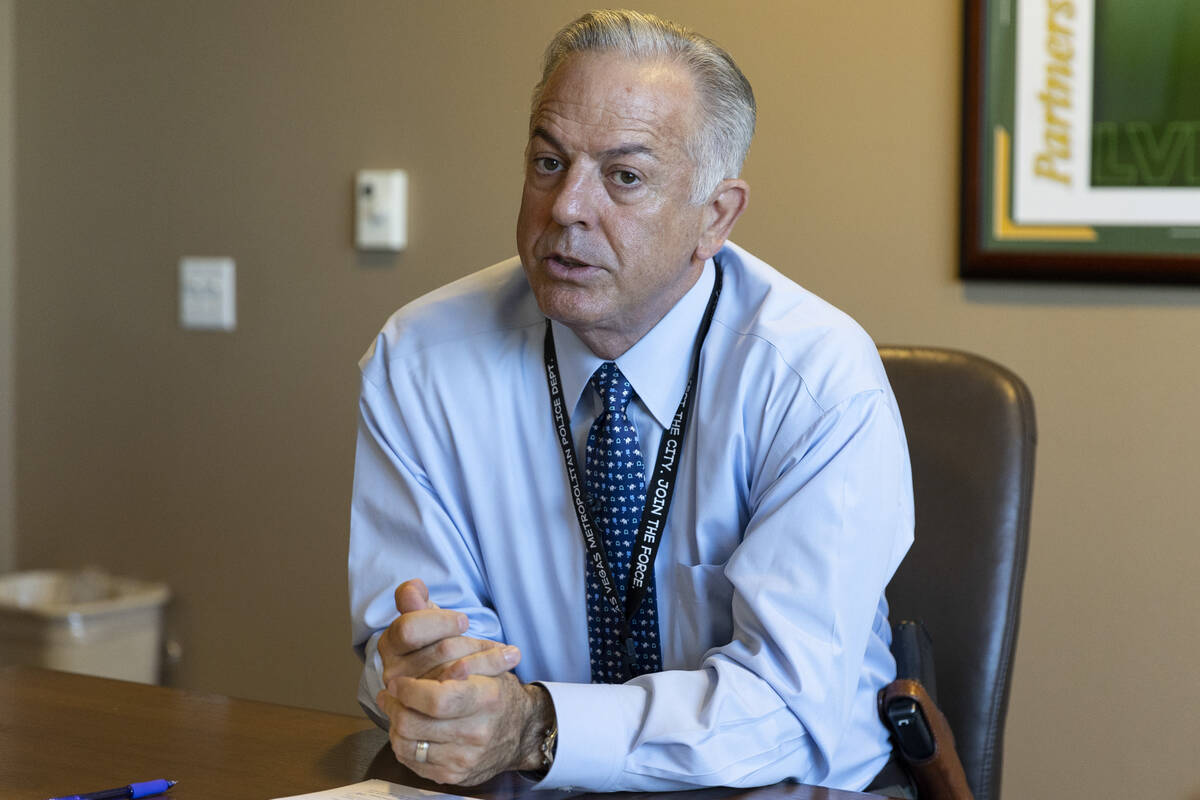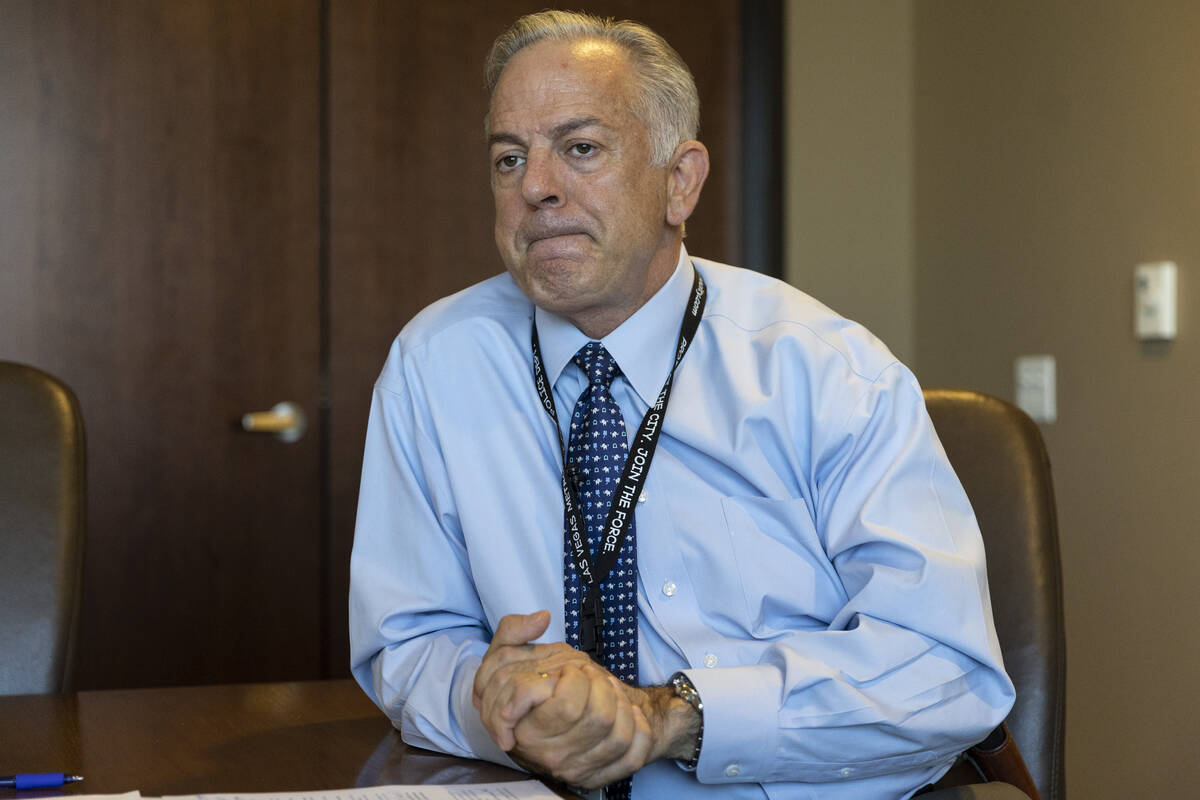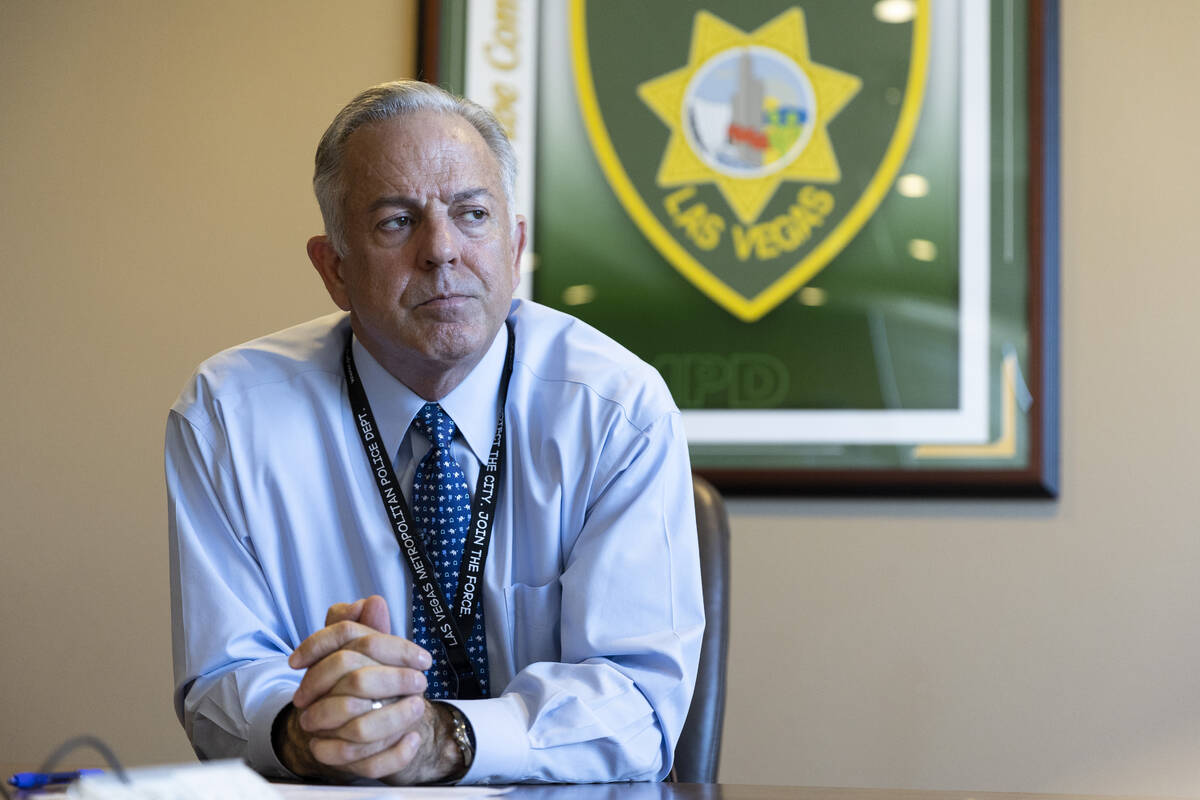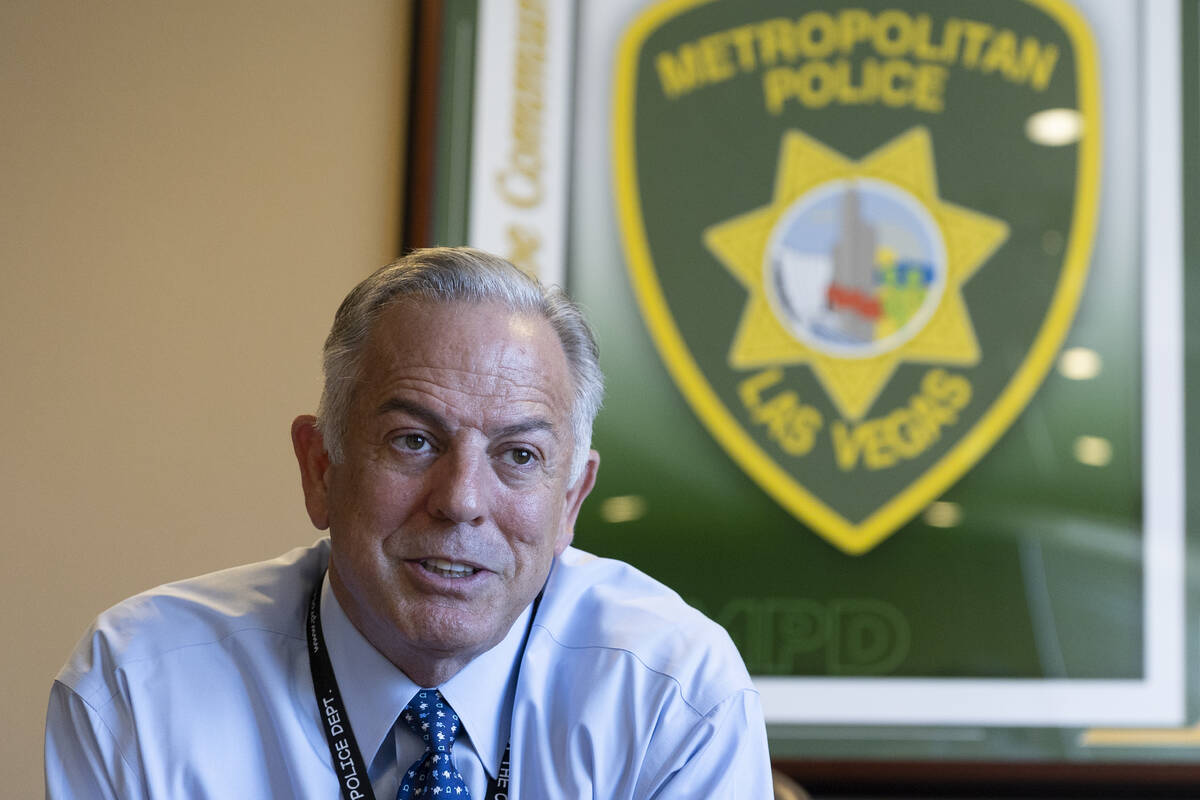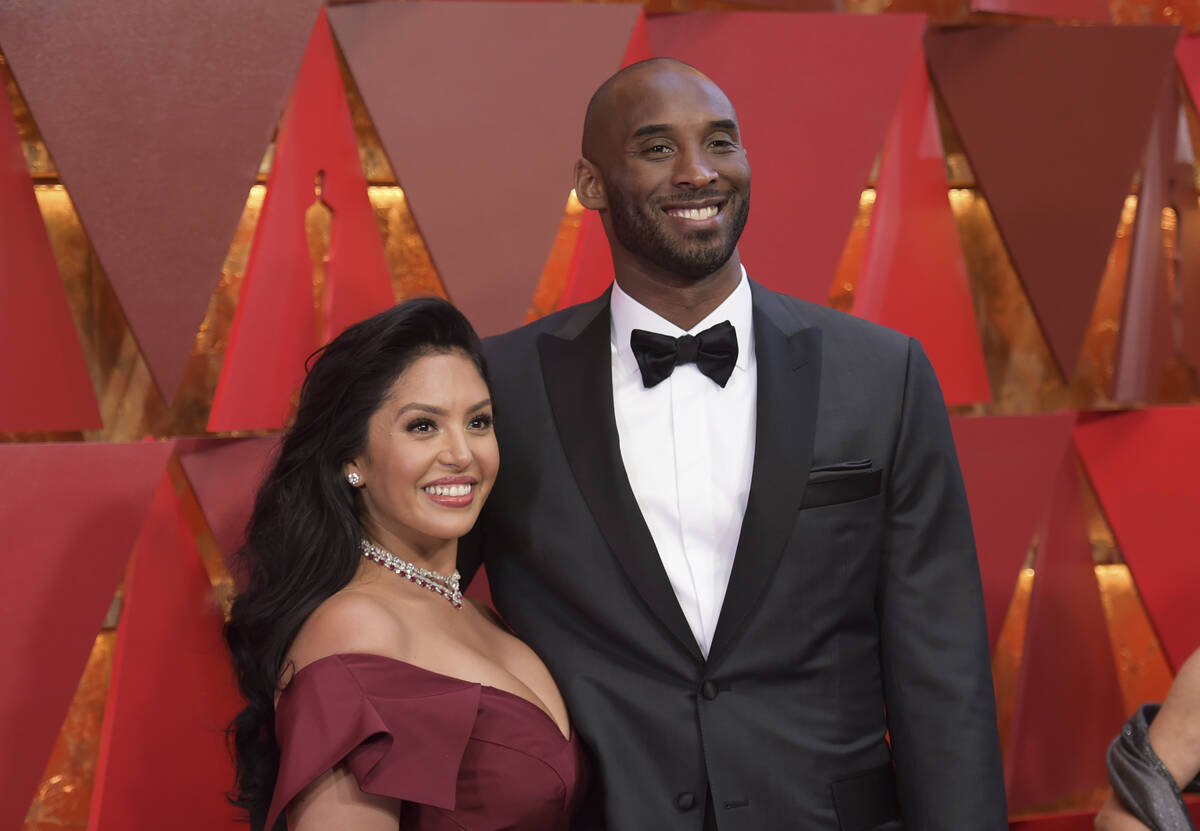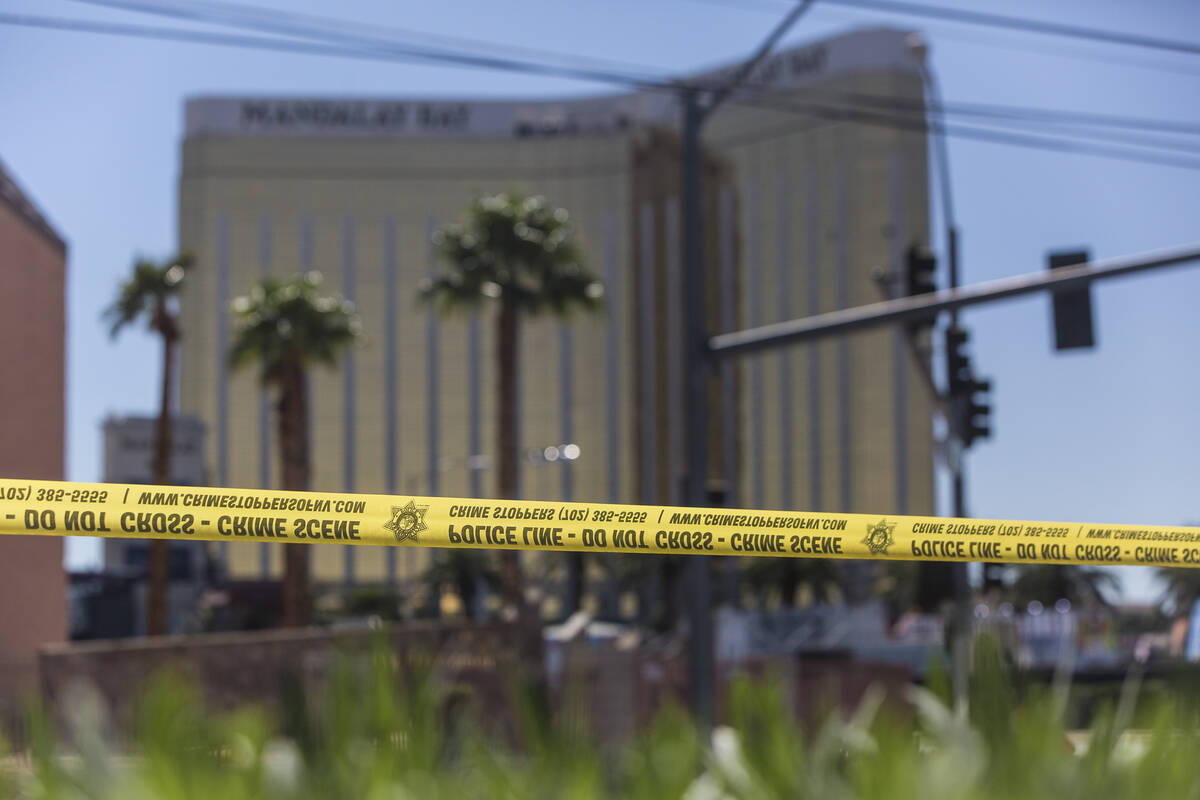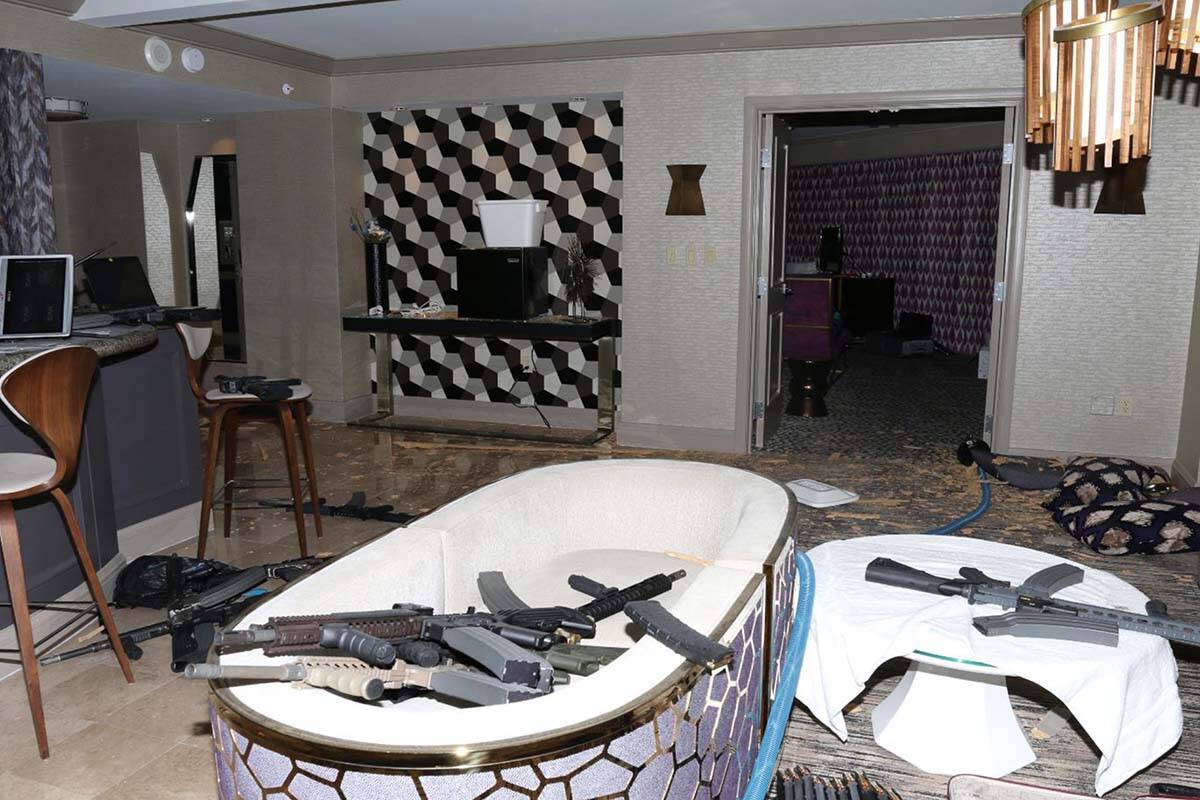Kobe Bryant trial raises questions about Metro photo policies
The photos that law enforcement officers and firefighters took at the scene of the helicopter crash that killed NBA star Kobe Bryant and his 13-year-old daughter were never made public.
During opening statements last week in the federal trial involving Vanessa Bryant’s lawsuit against Los Angeles County and the Los Angeles County Sheriff’s Department, her attorney said that instead of being posted online, the pictures were shared between off-duty officials at a bar and an awards banquet after the crash.
The sharing of gruesome pictures at the heart of the trial is an issue that law enforcement agencies, including the Metropolitan Police Department, have had to tackle in recent years.
Nearly five years ago, cellphone photos taken by law enforcement officers after the Oct. 1, 2017, mass shooting were being spread the same night that gunman Stephen Paddock opened fire on the Route 91 Harvest festival in Las Vegas, killing 60 and injuring hundreds more.
By the next day, leaked photos of the crime scene in the gunman’s suite at Mandalay Bay, including pictures of his body, had spread to several media outlets. They remain online to this day.
Metro’s investigation into the leaks did not result in disciplinary action against any officers, but it did spur changes to the department’s policy on photographing crime scenes, Clark County Sheriff Joe Lombardo said in a recent interview with the Las Vegas Review-Journal.
“We took a new look at that policy and made it a little more discipline-heavy if somebody is found to be guilty of that,” Lombardo said.
The policy, which was established in August 2018, also states that only supervisors are allowed to take photographs in mass casualty situations.
But some experts say the policy change does not go far enough.
“If they’re trying to prevent this from happening in the future, this policy is not going to cut it,” said Joseph Giacalone, a professor at the John Jay College of Criminal Justice and a former New York Police Department sergeant.
Body camera footage released under a court order in November 2018 showed that less than an hour after the officers had entered Paddock’s room, police along the Strip were sharing cellphone photos of the dead gunman, who had shot himself.
‘Exhaustive’ internal investigation
Lombardo said Metro conducted an internal affairs investigation into the photos but was unable to determine who took them or if they originated from a Las Vegas law enforcement officer.
Investigators believe the photos were taken on a personal cellphone, Lombardo said, and Metro examined nearly 30 officers’ personal phones as part of the investigation.
“We were never able to determine which officer actually had the original, if it was an officer,” he said. “It could have been an FBI crime scene analyst. We were never able to pinpoint that down.”
The FBI declined to comment for this article. A spokeswoman for the Bureau of Alcohol, Tobacco, Firearms and Explosives, which also investigated the mass shooting, declined to say whether the agency had conducted an investigation of the Paddock photos.
“ATF is committed to the highest degree of professionalism. Allegations of misconduct are taken seriously by our agency; however, by policy any such investigation would be an internal personnel matter,” ATF spokeswoman Alexandria Corneiro said in an email.
While Lombardo cast doubt on where the images originated, a report detailing the shooting investigation only mentions Las Vegas police officers taking photographs inside the shooter’s room that night.
According to the report, the Las Vegas police officers who initially breached Paddock’s room took photographs using a cellphone camera soon after entering and sent those images to a command post that had been set up.
The report also said the FBI took the lead on evidence documentation and collection, while the ATF assisted in gathering information about the guns Paddock owned.
Following a Review-Journal request made Aug. 8 for records of the internal investigation, Jamie Ioos, the director of Metro’s office of public information, said Thursday that the department’s general counsel was determining if the records could be redacted and released.
Ioos said the investigation was “exhaustive” and determined that every officer who had a copy of the photo of Paddock’s body “had a reason to have it because of investigative purposes.”
‘Asking for future problems’
Adam Scott Wandt, a professor at John Jay College of Criminal Justice who researches technology law and policy, said it’s “not as simple as it should be” to determine the origin of a cellphone photo through metadata, which can point to where and when a picture is taken.
“There’s a lot of data that’s contained in the photo,” he said. “But nothing that links it back to that specific phone, just the phone type.”
Giacalone, who also wrote a book on criminal investigations, said police departments looking to curb unauthorized cellphone pictures need to create policies with explicit disciplinary measures.
“You have to nip this in the bud, because if you don’t, you’re only asking for future problems,” Giacalone said.
Meanwhile, other states have enacted laws addressing unauthorized crime scene photos. In the wake of the Kobe Bryant helicopter crash, California Gov. Gavin Newsom approved legislation in September 2020 that makes it a crime for first responders to take unauthorized photos of deceased people at accident or crime scenes, The Associated Press reported. A similar law was passed this month in Massachusetts, according to the WAMC Northeast Public Radio network.
Nevada has no law like the California law that clearly prohibits taking unauthorized crime scene photos, said Lombardo, who is running for governor this year as the Republican Party nominee. But the sheriff said it’s an “interesting concept” for the state Legislature to consider in the future.
State Assemblyman and former Metro Assistant Sheriff Tom Roberts, R-Las Vegas, said passing a law similar to those in California or Massachusetts is necessary if police departments want to stop crime scene photographs from spreading.
Roberts, who is not returning to the Legislature in 2023 after running unsuccessfully for sheriff this year, said he thinks there would be an appetite for such a law change here in Nevada, especially on the heels of the widely followed Bryant trial.
“You have a large agency that somehow crime photos were released from the scene, and to this day they haven’t revealed where it came from,” he said. “That tells you that there needs to be something in law that prohibits it, so that people know that you’re not supposed to do that and there are some consequences for those that do it.”
Vanessa Bryant, Kobe Bryant’s widow, is seeking damages in the trial based on claims that she has been living in fear of the photos showing up online. The trial, which started on Aug. 10, was expected to last about two weeks.
Contact Katelyn Newberg at knewberg@reviewjournal.com or 702-383-0240. Follow @k_newberg on Twitter. Contact Colton Lochhead at clochhead@reviewjournal.com. Follow @ColtonLochhead on Twitter.



